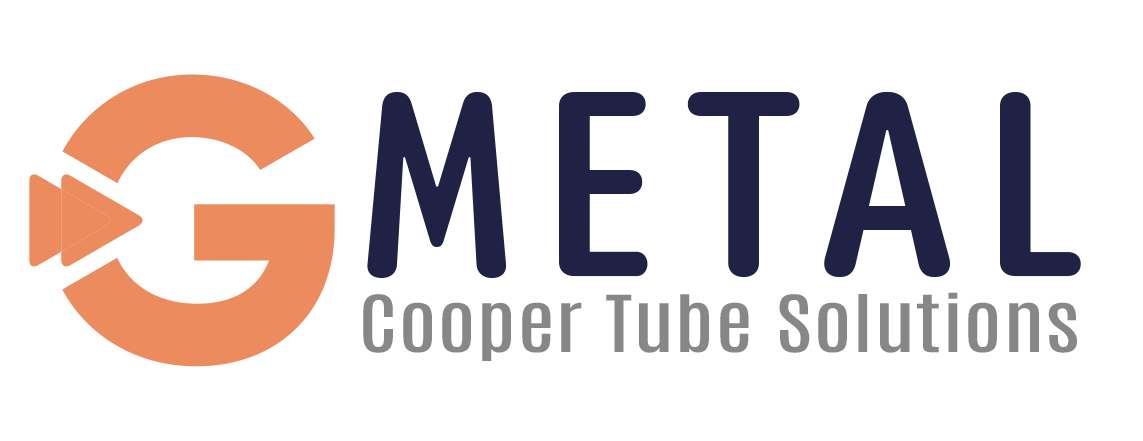Accrued Liabilities: Overview, Types, and Examples
If you want to check the financial performance of a company in relation to assets and liabilities, check the balance sheet. Contingent liabilities are potential future obligations that depend on the occurrence of a specific event or condition. These liabilities may or may not materialize, and their outcome is often uncertain. Examples of contingent liabilities include warranty liabilities and lawsuit liabilities. Liabilities can help companies organize successful business operations and accelerate value creation.
How are assets and liabilities related and treated differently in financial statements?
Along with the shareholders’ equity section, the liabilities section is one of the two main “funding” sources of companies. Our article about accounting basics discusses in detail the concepts you need to understand small business accounting. Shaun Conrad is a Certified Public Accountant and CPA exam expert with a passion for teaching. After almost a decade of experience in public accounting, he created MyAccountingCourse.com to help people learn accounting & finance, pass the CPA exam, and start their career. Go a level deeper with us and investigate the potential impacts of climate change on investments like your retirement account.
Other Definitions of Liability
- He has a CPA license in the Philippines and a BS in Accountancy graduate at Silliman University.
- It falls under the category of things you owe or borrow, including short-term loans and long-term loans.
- If a portion of a long-term debt is payable within the next year, that portion is classified as a current liability.
- They are recorded on the company’s balance sheet and are normally listed on the balance sheet as current liabilities, and they’re adjusted at the end of an accounting period.
- For example, a company might have 60-day terms for money owed to their supplier, which results in requiring their customers to pay within a 30-day term.
A liability is an obligation payable by a business to either internal (e.g. owner) or an external party (e.g. lenders). There are mainly four types of liabilities in a business; current liabilities, non-current liabilities, contingent liabilities & capital. Short-term debt is typically the total of debt payments owed within the next year. The amount of short-term debt as compared to long-term debt is important when analyzing a company’s financial health.
- Liabilities play a crucial role in a company’s financial health, as they fund business operations and impact the company’s overall solvency.
- This article aims to expand your knowledge about the definition, type of liabilities, and various examples of liabilities.
- On the other hand, long-term liabilities, or non-current liabilities, extend beyond a year.
- The most common liabilities are usually the largest such as accounts payable and bonds payable.
- The business then owes the bank for the mortgage and contracted interest.
- Our article about accounting basics discusses in detail the concepts you need to understand small business accounting.
The long-term debt ratio
Assets are listed on the left side or top half of a balance sheet. Although average debt ratios vary widely by industry, if you have a debt ratio of 40% or lower, https://issa.ru/info/custom/custom_16.html you’re probably in the clear. If you have a debt ratio of 60% or higher, investors and lenders might see that as a sign that your business has too much debt.
The company may be charged interest but won’t pay for it until the next accounting period. They include bank account overdrafts, short-term http://ankerch.crimea.ua/nissan-nachal-vypyskat-hetchbek-micra-novogo-pokoleniia/ loans, interest payable, and accounts payable. Long-term liabilities or non-current liabilities extend more than a year.
A liability may be part of a past transaction done by the firm, e.g. purchase of a fixed asset or current asset. The settlement of liability is expected https://www.aviation-flight-schools.net/pennsylvania-aviation-schools.htm to result in an outflow of funds from the business. Contingent liabilities are potential obligations that may arise from uncertain future events.
What Are the Categories of Liabilities?
By accurately recording and tracking liabilities in accounting, businesses can assess their financial stability and determine if they have sufficient funds to meet their financial obligations. Short-term liabilities, such as trade payable and wages payable, are obligations expected to be settled within one year or the business’s operating cycle, whichever is longer. Liabilities in accounting encompass a business’s financial obligations to other entities, which are classified as either short-term or long-term liabilities. Whatever entails current debts or financial burden is a liability. It falls under the category of things you owe or borrow, including short-term loans and long-term loans. Mortgage payable is a type of long-term debt for purchasing property for business activities.
What is an Example of a Liability?
When in doubt, please consult your lawyer tax, or compliance professional for counsel. Sage makes no representations or warranties of any kind, express or implied, about the completeness or accuracy of this article and related content. Keir is an industry expert in the small business and accountant fields. With over two decades of experience as a journalist and small business owner, he cares passionately about the issues facing businesses worldwide. Before this process commences, the executives of a company will deliberate on its financial state.
One of the few examples of a contra liability account is the discount on bonds payable (or notes payable) account. This is then reversed when the next accounting period begins and the payment is made. The accounting department debits the accrued liability account and credits the expense account, which reverses out the original transaction. The cash basis or cash method is an alternative way to record expenses. Accrued liabilities are entered into the financial records during one period and are typically reversed in the next when paid.


Leave a Reply
Want to join the discussion?Feel free to contribute!